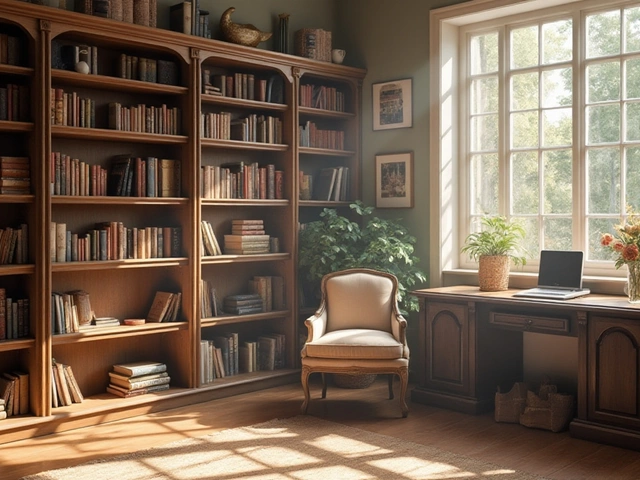Mold in Educational Furniture – Spot It Early, Stop It Fast
If you’ve ever walked into a classroom and noticed a musty smell, chances are mold is hiding somewhere in the room. It loves the damp corners of desks, chairs, and storage units, especially in places that aren’t dried out quickly. Mold isn’t just an eyesore; it can trigger allergies, asthma, and other health issues for students and teachers. The good news? You don’t need a science lab to keep it under control. A few simple habits and checks will keep your furniture mold‑free.
Why Mold Happens in Schools
Schools are perfect breeding grounds for mold because they have a lot of wood, fabric, and plastic—all materials that can hold moisture. Spills, humid weather, and poor ventilation create the perfect recipe. Even a tiny leak under a desk can stay hidden for weeks, letting mold spores settle and grow. When the temperature drops at night, condensation can form on metal legs or the underside of speakers, adding another moisture source.
Another hidden culprit is cleaning routines. Using too much water on wipe‑down jobs, then leaving the furniture wet, gives mold a jump‑start. And don’t forget storage rooms: stacked chairs and tables with no air flow become a mold hotspot in just a few days.
Simple Steps to Keep Furniture Mold‑Free
1. Dry before you store. Whenever you clean a desk or chair, wipe it with a dry cloth right after the wet one. Let it air dry for at least 15 minutes before stacking or putting it back in the classroom.
2. Keep humidity low. Aim for indoor humidity below 60 %. Portable dehumidifiers work well in older buildings, and opening windows for short bursts on dry days helps too.
3. Spot‑check regularly. Once a month, look at the underside of desks, the back of chairs, and any hidden corners. If you see any discoloration or a fuzzy texture, act fast.
4. Use mold‑resistant finishes. When you buy new furniture, ask for surfaces treated with antimicrobial coatings. They don’t make mold disappear, but they slow it down considerably.
5. Clean with the right products. Mix one part white vinegar with one part water for a safe, non‑toxic cleaner. Spray, let sit for ten minutes, then wipe dry. For stubborn spots, a tiny amount of hydrogen peroxide works without harming most finishes.
6. Fix leaks immediately. If a pipe or roof leak shows up, call maintenance right away. Even a small drip can soak the wood of a desk and cause mold to spread under the surface.
Following these steps won’t guarantee you’ll never see mold, but it will make it a rare surprise rather than a daily problem. Remember, the key is to stay ahead of moisture – once it dries, mold has no foothold.
Got a mold issue that seems out of control? Don’t wait for it to get worse. Contact a professional cleaning service that knows how to treat mold on wood and fabric safely. A quick call now can protect the health of everyone in the school and extend the life of your furniture for years.
Keeping mold at bay is just a matter of staying aware and acting fast. With a few easy habits, your classrooms will stay fresh, healthy, and ready for learning.





